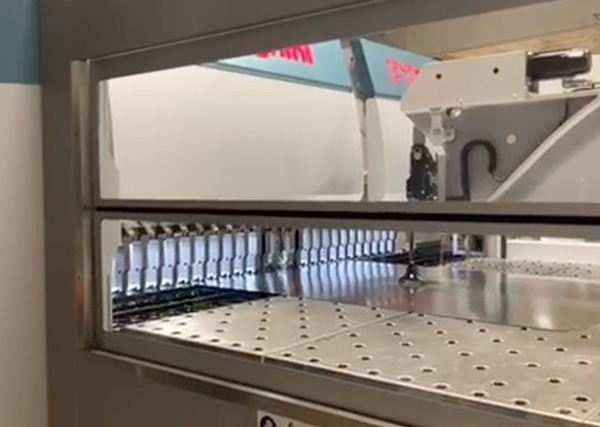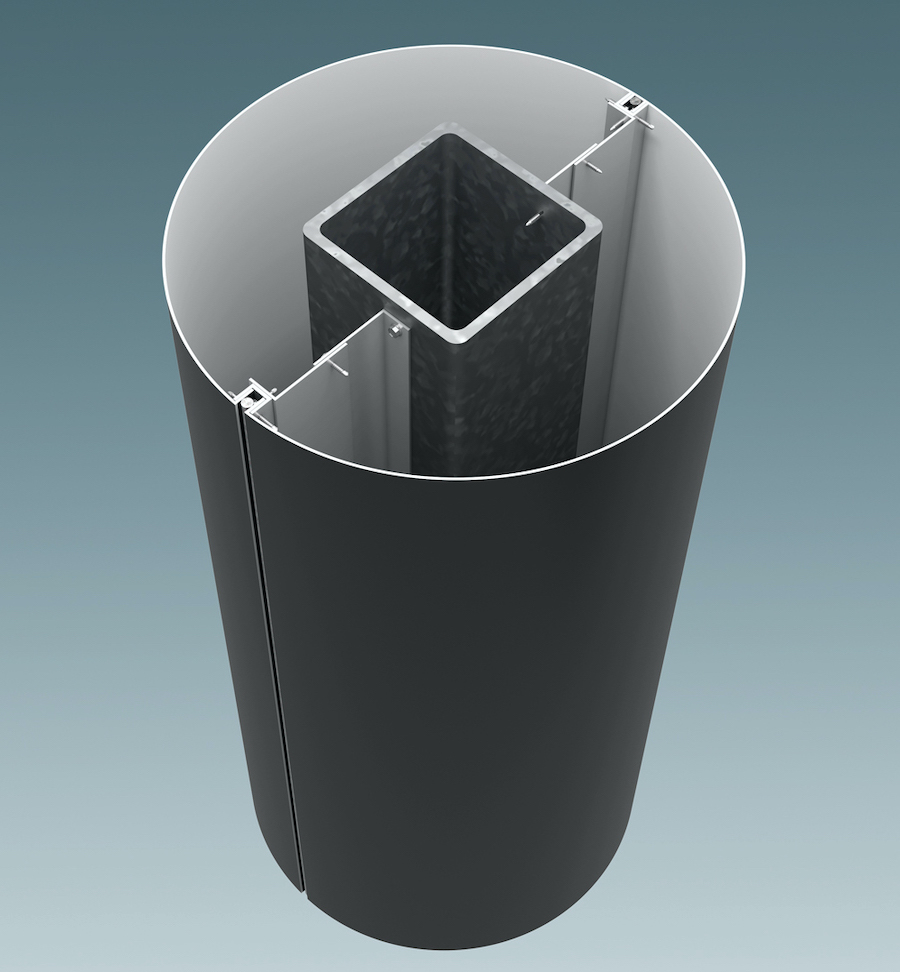CEI Materials Aids Architects In Successful Adaptive Reuse Projects
The first American adaptive reuse project was in California in the mid 1960s. The idea of adaptive reuse came about as a means of land conservation and to address the rapid occurrence of urban sprawl. The ability to reuse a site, to adapt or renovate an often societal or historically significant building, can in some cases produce mixed responses. The controversial nature of this segment is specifically related to the idea of historic preservation. Yet, in its essence adaptive reuse is about conservation and more often than not architects produce successful examples of revitalization.
What Contributes To The Automotive Markets Consistent Brand Image
One of the most recognized components of the corporate identity market is automotive design. The designs of these auto moguls like Chevrolet, Nissan, Toyota, Buick, Hyundai, and Ford, produce the most consistent and most recognizable brands in the world. Part of this consistency is produced by the utilization of signature colors and modular techniques.
The Many Facets Of Modern Corporate Hospitality Design
Hospitality has a lot in common with other user-focused markets including education, residential and even medical buildings. User-influenced designs enable the visitor, the tenant, or the patient, to be the focus of the interior and exterior design elements. Often these elements include communicative spaces, sustainable attributes, daylighting and an aesthetically pleasing exterior façade.
SHOP TALK: How 3D Laser Scanning Technology Assists The Construction Process
Technology provides a multitude of benefits in the construction industry. Three-dimensional Laser Scanning enables field-measuring projects using non-contact technology that digitally captures the shape of physical objects using a line of laser light.
SHOP TALK: The Benefits Of Modular Design In The Construction Process
The benefits of modular/pre-engineered construction are endless. It provides a multitude of advantages for not only the fabricator but also the architect, general contractor, and client as well. Modular design has gained popularity in various architectural segments including hospitality, residential and the automotive/corporate identity market.





.png)
